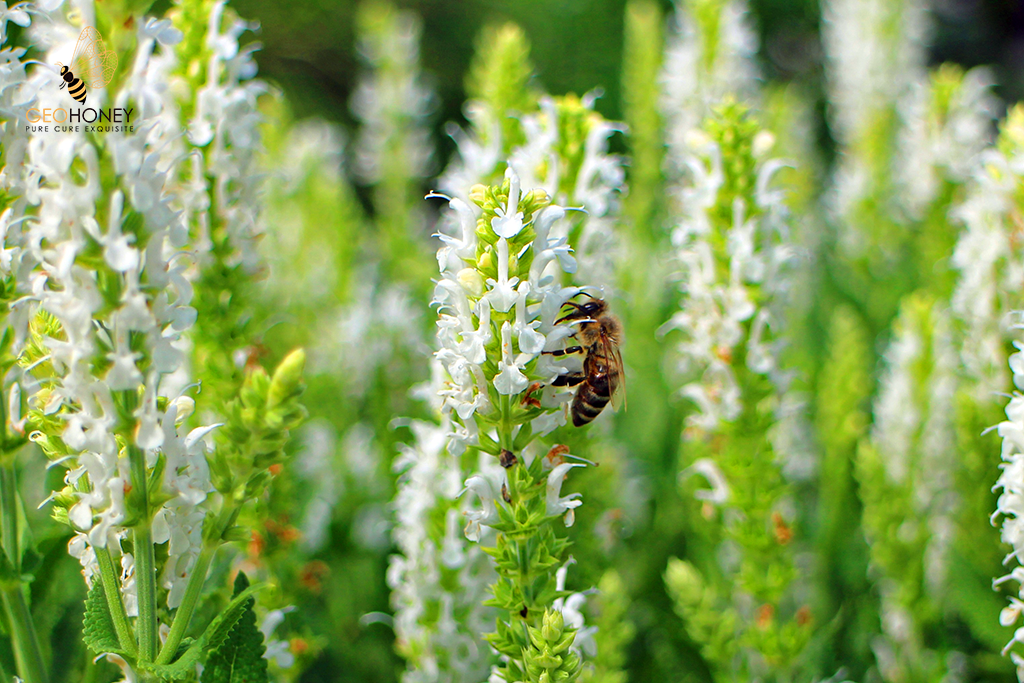- Tokyo: 18:30
- Singapore: 17:30
- Dubai: 13:30
- London: 09:30
- New York: 04:30
Here’s How Food Supplies Can Face the Sting of Declining Bee Populations

Bees have a direct impact on the growth of supplies like crops, coffee, apples, strawberries, and chocolate. One in third food or beverage is a result of insect pollination which is largely done by bees. Never does it occur to the human mind that this pesky looking insect has such a crucial role in human lives? Geohoney believes colony collapse disorder is a serious condition for humans to realize and act upon. Pesticides are a key reason affecting other insect pollinators apart from bees. With the ever-increasing public demand for supplies, Geohoney feels not enough is being done to safeguard the interests of insect pollinators.
We need to understand how the food chain works, we need to dig deeper and realize that the food we consume needs nourishment too, in the form of natural pollination. Research and studies done on declining bee populations have revealed that native and wild bees are continuing to face challenges. This translates that reduced bee populations will result in a lower yield; this instills great fear to farmers and the general public. Knowing that 25% of the existing bee populations are under threat it will have a direct impact on farmers, food manufacturers, and consumers.
This is an alarming scenario as 35% of the foods we consume rely on insect pollination. To reverse the impacts of declining bee population’s consumers and food manufacturers have to be at the forefront of change. Consumers and food manufacturers have to realize that their actions directly impact the surviving bee populations. Many food processing industries, for instance, the ice cream industry have bee dependant ingredients for their flavors. The bottom line is to obtain more crop yield we will have to restore pollinator habitat.




It is important to understand the role of bees as pollinators, they are vital in ensuring we get adequate food supplies. Thanks for the blog.